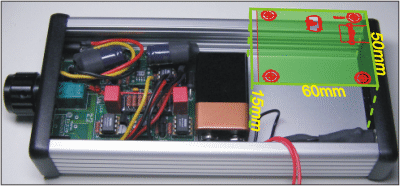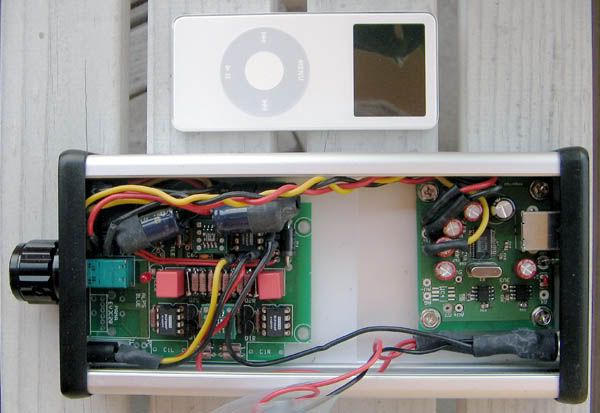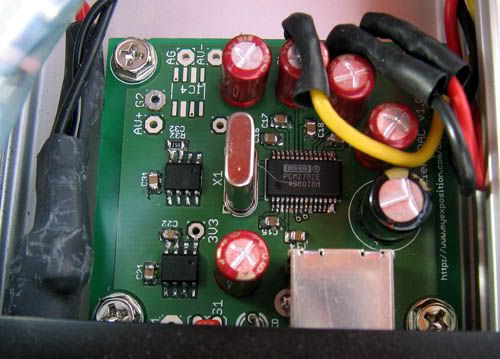robzy
500+ Head-Fier
- Joined
- Sep 17, 2004
- Posts
- 951
- Likes
- 10
Quote:
A quick google turned up this:
http://www.sparkfun.com/cgi-bin/phpb...4eaa9aafb2b300
The lowest ppm = the highest accuracy.
Please someone confirm

Rob.
| Originally Posted by threepointone so do i go for the one with the lowest ppm rating or most zeroes, or what? |
A quick google turned up this:
http://www.sparkfun.com/cgi-bin/phpb...4eaa9aafb2b300
The lowest ppm = the highest accuracy.
Please someone confirm

Rob.






